Selling wines is not an easy job; now more than ever, wineries have to determine consumption trends and master marketing to increase sales. Not only are wineries all over the world competing against each other, but the consumers are changing as well. That’s why marketing “tricks” must align with new consumer trends.
We examined emerging consumer trends and presented the top 10 marketing strategies wineries can use to boost sales.
Marketing is an exchange in which both sides gain.
#1 Adaption
In the 21st century, it’s all about individuality. Individuals are in the centre and want the highest possible personalization. Creating unique products according to the customer’s needs and desires is essential. Therefore, wineries must become more consumer-centric to win new customers. Winemakers who have identified this trend offer personalized wine bottles featuring labels customized to the customer’s identity.
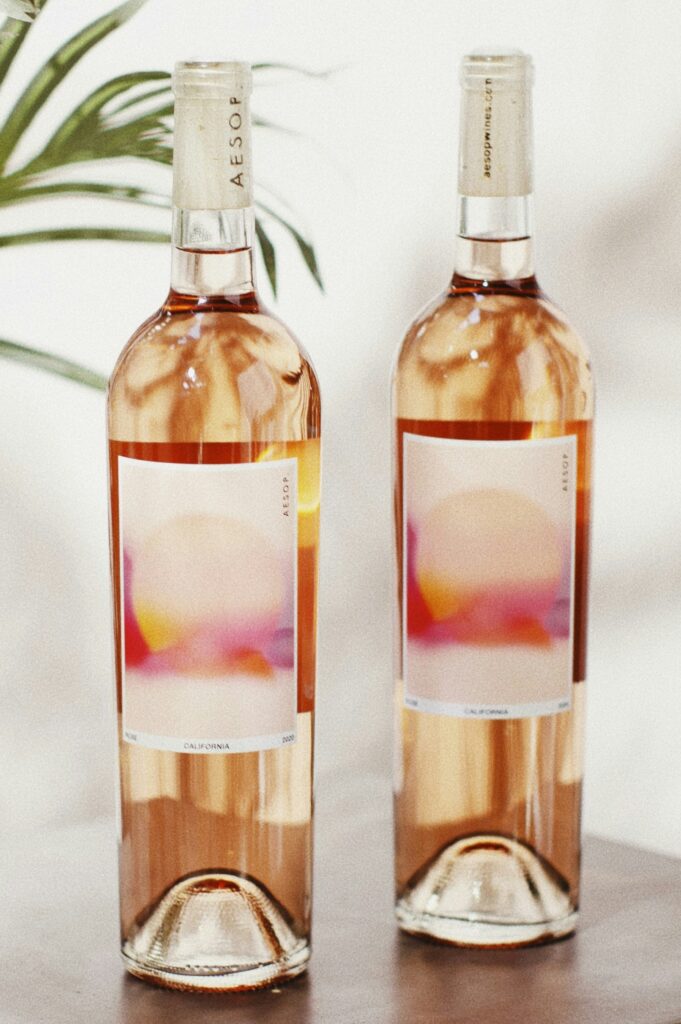
Adapting the product to the consumer’s needs and preferences fulfills their desire for personalization.
#2 Transparency
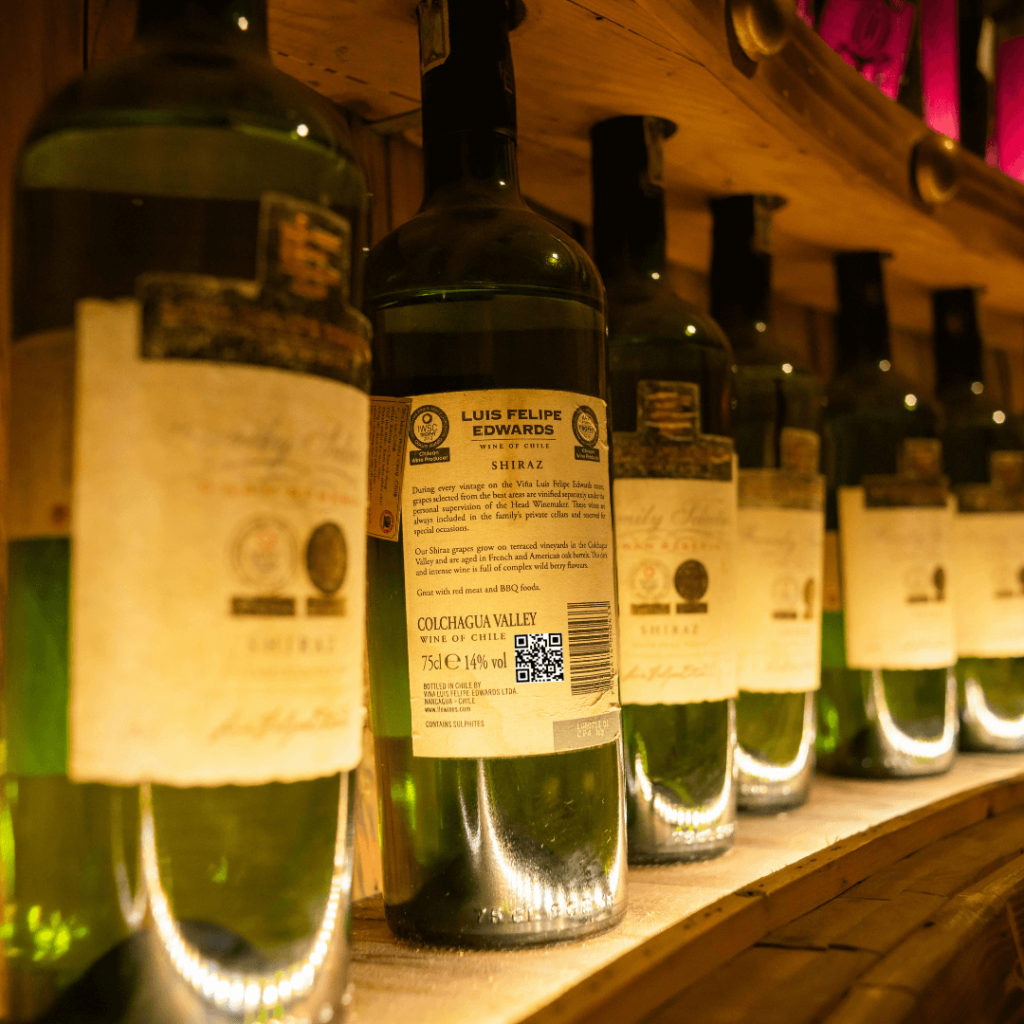
Consumers are becoming more educated and picky; they make purchase decisions only after gathering all the product information.
The consumer must have easy access to the information about the product; the price list is a must-have. Increased flow of online information enables consumers to verify all the data and compare products quickly. Transparency also applies to traceability and information on transport and storage.
Winemakers can address the need for transparency by adding detailed information on grape growing, pressing, and storing wine on the bottles. To address space limitations, they can use QR codes to share extra information and facts that customers might find helpful and interesting.
#3 Authenticity and stories
People have always been interested in the background stories, stories hidden behind the product. It allows them to connect with the product on a deeper, more personal level. Today, taste, smell, and appearance are not enough; products which evoke unique feelings attract consumers. The story allows consumers to experience the product on a different level.
Story sell the product.
In a market flooded with cheap products, local wineries can stand out by offering unique alternatives. Leveraging high-quality local ingredients, meticulous production processes, and compelling stories are essential for boosting sales. At the moment, marketing trends largely revolve around videos. So, our advice for wineries is to invest money in a good video story about the vineyard, the winemaking process and the people behind the wine. Then, “pack” the video into a QR code on the back of the wine label.
There is no better way to experience wine than to get to know the story behind it.
#4 Well-being
Consumers are in search of a balanced life. While seeking personal pleasure, they are also interested in their well-being, the well-being of the whole local community, and the environment surrounding them. Nowadays, products must give consumers a positive feeling – the feeling that their purchase contributes to something or someone.
The product that has a positive impact on consumer health sells better.
#5 Environmental protection
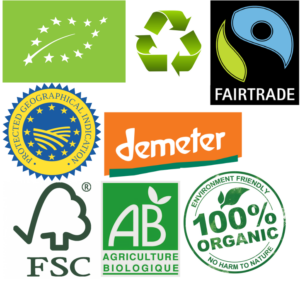
As already mentioned, consumers care about the environment. In recent years, sales of products whose production and processing do not harm the environment to a bigger extent have increased. Companies that care about the environment, climate change, and animal welfare and are oriented towards workers’ well-being have greater sales success.
The same goes for wines; consumers prefer to buy (and are even prepared to pay more) natural, organic, low-sulfite wines. Wineries that embrace nature-friendly practices—such as reducing synthetic pesticides and fertilizers, recycling water, and prioritizing sustainability—tend to achieve higher sales.
#6 Millennials
Millennials, or the Y-generation, were born between 1981 and 2000 – currently aged between 16 and 35. They will soon represent the vast majority of the workforce in the world and, therefore, the main consumers. Millennials have grown up with IT technology and are skilled and confident in social networks. Unlike previous generations, money is not so important to them; they look to the future with optimism and hope, appreciate challenges and are socially conscious. They are looking for alternatives in all aspects of their life – work, entertainment, eating, etc. Since their consumption just started and will continue to grow over the following years, it makes sense to take a step closer to their needs and wishes now.
They are looking for packages suited to their nomadic lifestyles and the size of their wallets. They also crave unconventional wines from all corners of the globe. Wineries, if you want to get closer to the millennial generation, you can start by selling wine in smaller bottles (approx. 2 dl); the interesting funky label won’t hurt either. In France and Australia, sales of “wine in tubes”, which amount is equivalent to one glass of wine, are increasing. Such packaging not only adds value but also allows small bottles to be sold at a premium price.

#7 “Instant”
Consumers are impatient and want everything immediately. This also applies to the delivery of goods ordered over the Internet. Ordering products through online stores and mobile applications is growing year by year.
Wineries, if possible, enable consumers to purchase wine through the online store and ensure prompt delivery. Recent figures also show that more and more people browse online via mobile phones (this even exceeds the use of computers), so consider adjusting the web pages for browsing on mobile phones and enabling the purchase of wine through mobile applications. Consider also the use of mobile applications that tailor wine purchases according to consumers’ needs, preferences, occasions, and meals.
#8 Specialization
In recent years, there has been a tendency to believe that each one of us is special and gifted with something else. On the other hand, consumers feel there is no variety in the market supply, and it seems everyone sells the same things. So, in response to that, new restaurants and stores are emerging that offer a very small range of products and/or are specialized only for one product and/or segment. Consider whether a large assortment of products is necessary and economically feasible for your winery.
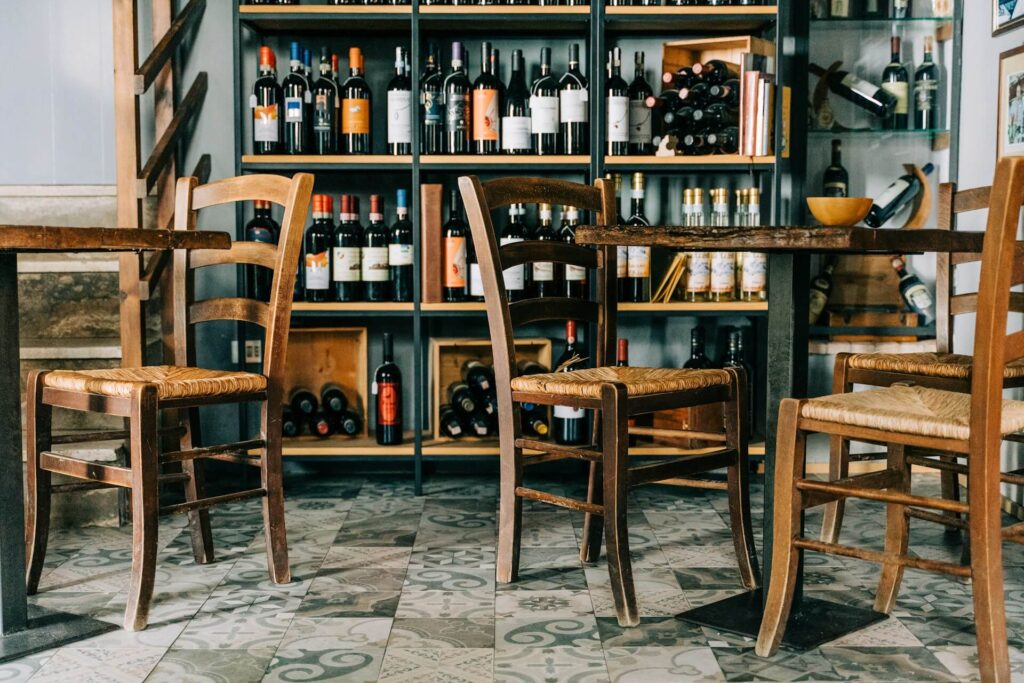
#9 Social Medias
Social media offers a new way to interact. On the one hand, it allows companies to easily segment consumers according to their personal information and purchase preferences and enables the fast spread of media messages to a very large number of people. On the other hand, social networks allow consumers to communicate with companies and verify every piece of information spread. While in “new” wine countries, +80% of examined wineries communicate with their customers over social media, in Europe, the percentage is much lower: France 68%, Germany 34%, Hungary 35%, etc. So this advice goes more for wineries from “old” wine countries to start using social media to spread their messages, interact with customers, and, most importantly, let potential customers know about you. Include pictures and videos of the current situation of your vineyard, cellar, wine sales, etc., in your posts. Respond to customer messages and let them know you are here for them. Social networks that are currently most used by wine buyers, as well as wineries, are Facebook, Instagram, Pinterest, and TikTok, depending on which generation you are targeting.
#10 Events
Drinking wine with friends outside while good music is playing somewhere behind, now that is a blessing. Wineries, get close to your customers and prepare outdoor events or participate in open events if possible. Yes, yes, that’s not a new idea to spread the word and increase sales, but it’s still a very useful one. In this kind of event, you will be able to present yourself, take another step closer to your customers, and gain a new one. Don’t forget to be bold; use balloons, funny wine glasses, wallpaper, etc.
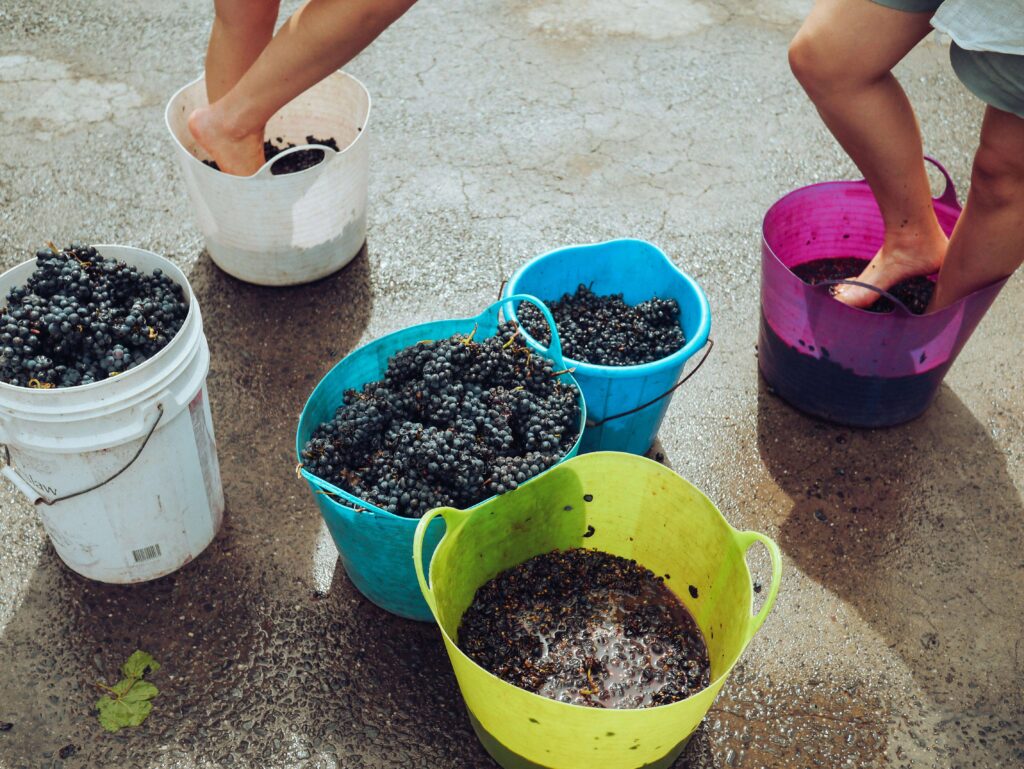
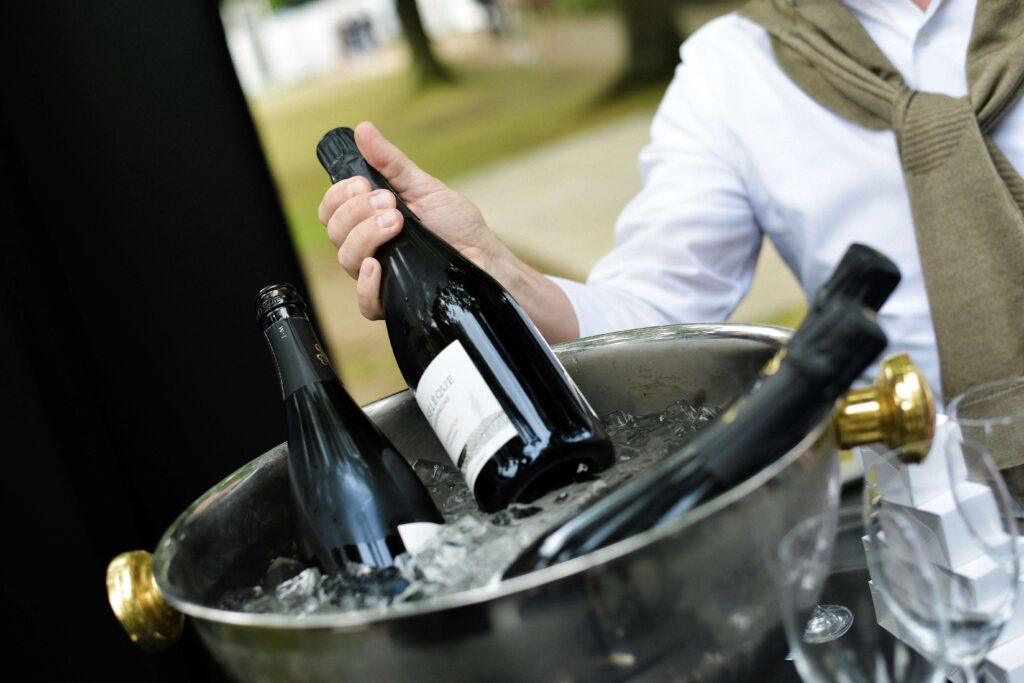
…and for the end, an interesting idea for promoting your wine and wine cellar is “wine truck” (similar to the already known food truck). It is good that the season of picnics, weddings, and outdoor events are here. 😉
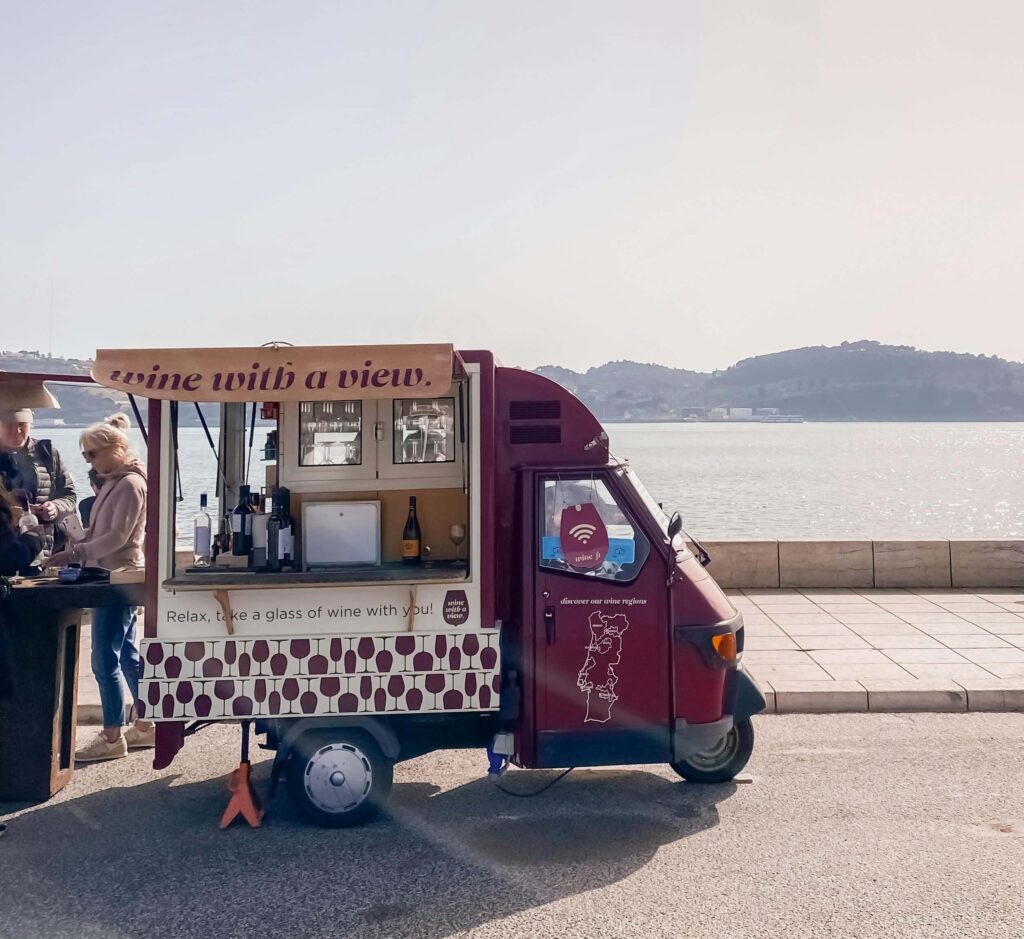
Sources:
- Six tendances pour inspirer le marketing du vin, Vitisphere
- 2016 Wine Trend Predictions, CORAVIN
- Presentation: Rainer Haas; Agrobiznis konferenca 2015
- Millennials and wine, thebacklabel
- Szolnoki, G., Taits, D., Hoffmann, C., et al. (2014). A cross-cultural comparison of social media usage in the wine business. Academy of Wine Business Research, 8th International Conference.
- Feature image by Gustavo Fring
Updated on February 2025

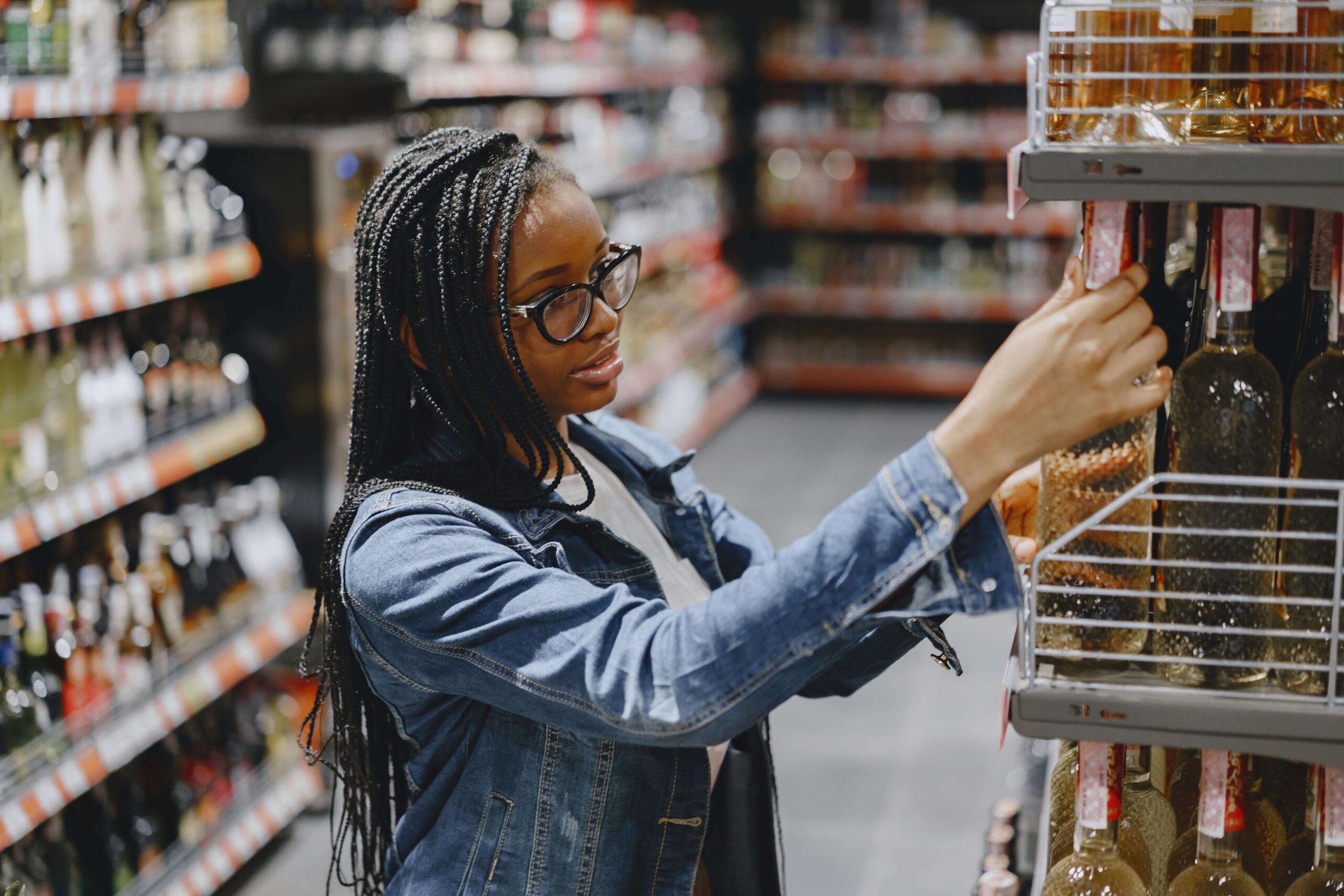
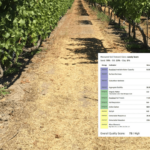

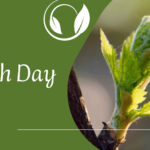
15 responses to “10 marketing trends for wineries”
Thank you for this article. I really liked what you said about the wine having a story. This truly does make it authentic for a buyer. I love to know what my wine was made from and where. Do you know which companies are doing the best in the world? I’m curious to know! Thanks in advance!
It’s hard to say which one is the best in world – we all have different preferences. Personally I prefer to try out wines from local wineries, especially when traveling to foreign countries. For me this is one way to get to know the country, people, etc. Cheers!
Useful information. Thanks for sharing! I want to see more of these .
Thanks for your comment! Sure we will make sure to write more about wine market.
Hi Urska.
I own a local wine company and we are looking to branch into a different segment in the industry. Any chance, we can hop on a call or email?
Thanks
Michael Rad
Hi Michael! Sure, check your email inbox 🙂
I manage a small winery. We need help promoting and marketing… do you have an email list about that?
Hi, Michele thanks for your comment! We developed eVineyard – vineyard management system and doing our best to help growers in every aspect of grape/wine production which for some involve also marketing of wines and winery. You can subscribe to our newsletter on the blog. However, we don’t specialize in marketing topics only but provide different viticulture tips, trends, and practices that are useful for winery owners and vineyard managers.
Thanks for the interesting article about some marketing trends for wineries. It’s interesting to learn that stores are starting to try to specialize in certain products. It sounds important for a winery to know how it can stand out, especially if it can be noticed easily by potential customers.
There are different trends and patterns which are followed by the different brands to promote their brands such some of the companies following the transparency in their bottles which looks more and more beautiful in the sense of looking wise.
Absolutely! The diversity of wine promotion is great and needed as also all consumers are not the same. Indeed some wineries do a really great job at transparency and bottle design.
Thank you so much for the marketing ideas,looking forwad to start up awines store/depot so that i can market country wide.
You’re welcome, I’m glad you find our tips useful. Wish you all the best with your new wine store.
This is an interesting idea to know what are the best trends in marketing wines.
Thank you for these great wine marketing trend insights. Specialization is so important, especially in growing markets like Oregon and Washington.